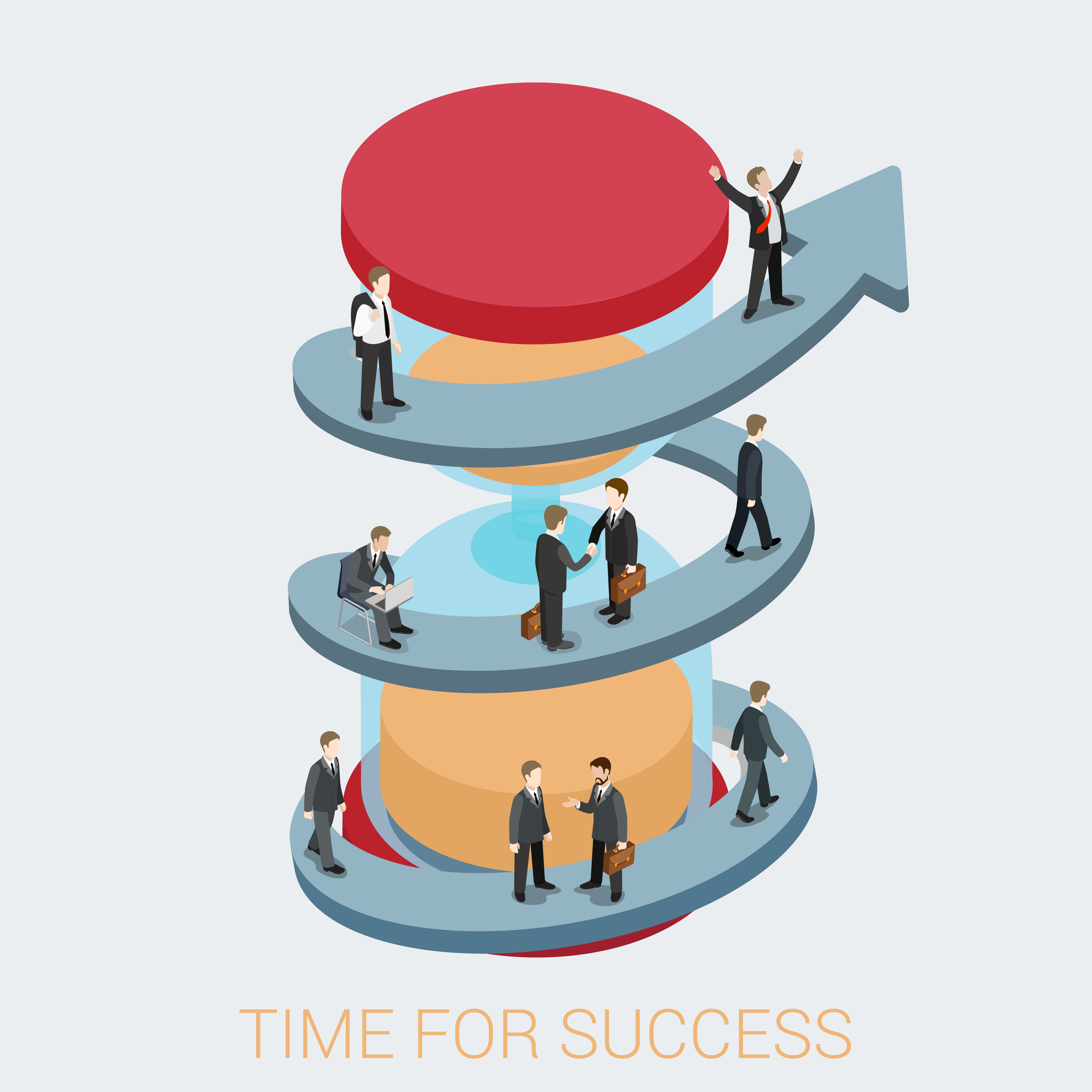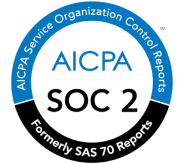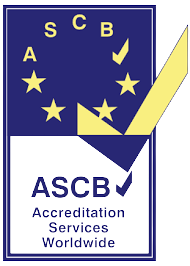Table of Content
Introduction
Handling and implementing effective employee lifecycle management from pre-hire to post-retire is not an easy task for an HR.
Often, you will find HR leaders struggling with challenges like:
- Dropouts from the high-performing candidates
- Delays in closing the pre boarding cycle.
- Unconscious bias in hiring the right person for the organisation.
- Not having the right to negotiate the CTC and onboard swiftly.
- Not having the right tools to upload and manage employee data at any time.
- Issues in recording and finalising leaves, attendance, and payroll for different types of staff.
- Time-consuming bookkeeping tasks for recording reimbursements, loans, advances, deductions, incentives, and other claims.
- Not knowing the reason why someone is overworked and unhappy in the organisation.
- Not knowing why some team members and teams are resigning during a period.
If one of those are some problems you relate to while managing an employee lifecycle, read the post below. You get the right strategies and tips from the post below.
Want to skip the post?

What do we mean by effective employee lifecycle management?
Effective employee lifecycle management is how an HR manager effectively executes and supervises employee lifecycle stages from hire to post retire.
An employee lifecycle starts the day they are to be oriented and onboarded with the culture or the organisation. Without automated and streamlined processes, each such step in talent acquisition, management, and development takes a lot of time.
However, HR managers save a lot of time and focus on strategic talent and employee lifecycle management when they can automate redundant and repetitive tasks.
The more efficient a process is, the more cost-effective, time-saving, and value-adding the output will be. It can be in terms of the quality of the hire, their satisfaction, job involvement, retention, and loyalty rates will increase and improve over time.
Why is it important to emphasise effective employee lifecycle management?
Read the key importance and beneficiary factors of effective employee lifecycle management and supervision below.
- Retaining the best talent
Maintaining the effectiveness of an employee lifecycle means you provide the best to the best out there. When your employees are on the right track to make the most of their day, they get to perform well.
They will want to remain in such organisations that do not waste their time, realise their potential, and offer the best incentives and tools for enjoying the work-life balance.
- Multiply employee engagement
Effective employee lifecycle management leads you to execute corporate communication and collaboration on time. It means providing your staff with the right opportunity to connect, co-create, and build intelligence together.
That means employees can take charge of their unique and micro projects. Close loose ends and get ahead of the follow-up loops.
They can leverage the social intranet to connect with a shared purpose. Isolation at work is not something they fear or are apprehensive about anymore. The staff is a swipe or a click away when you implement intranet and chat messenger.
- Create a community of loyalists
When employees feel their values are heard and they can voice their concerns and opinions without hesitations, that’s when you get one step ahead of creating a team of loyalists.
So, they share their suggestions and feedback if they believe that you’re incorporating the same in the culture.
- Drive enriching performance and productivity
Performance, potential, and productivity get better when you implement a 9-box grid in the backend. Reporting managers can overview each individual’s stats related to these three Ps from there at any point.
Reporting managers get an advantage with this feature inside an HR management software. They have transparency of the tasks completed by their employees. They can reallocate or assign different projects and tasks to them at any time to utilise their time at work.
- Smooth transitions of employees to deserving roles
Tools like AI Suggest let you draft a complete probation confirmation template and a KRA template. These templates help you get a faster idea on what basis to rate, weigh, and review an individual that works for you.
The process is fast, bias-free, and accurate to match the industry standards. However, you can always edit, save, and get approval on these templates from the super seniors.
This way, you can leverage the succession planning module as well to give challenging roles, positions, and promotions to the most deserving candidates without bias and delays.
- Build a positive and purposeful culture
Effective employee lifecycle management gives you the edge to develop a positive work culture. Employees have clarity on what they need to perform, how they can reform, and in what ways they can transform their knowledge, expertise, and skills to achieve the common goals of the organisation.
What are the tips for designing and implementing effective employee lifecycle management?
- Strategic Recruitment Practices
Commence the employee lifecycle on a strong foundation with strategic recruitment practices. This section explores the importance of defining clear job roles, leveraging technology for candidate assessment, and fostering a positive candidate experience.
To do that, we provide AI Suggest, CV Parser, and seamless offer letter management with the candidate pool. You can schedule reports, reminders, and follow-ups with your candidates to engage them till the time you finalise and shortlist them for the chosen position.
Use AI-driven tools to speed up the applicant tracking and recruitment process.
- Comprehensive Onboarding Programs
Ensure a smooth transition for new hires through a comprehensive onboarding process with our HRMS software.
For example, onboard the right person with a swipe of a government-approved and issued ID card. Automatically generate employee code to avoid manual errors like duplicity or omissions.
- Ongoing Training and Development
Leverage the availability of the eLMS function in our HR software. Help employees learn on the go.
Exercise configurable, customisable, personalised, and structured admin and access control features of the eLMS.
Recommend courses, break them into catalogues and chapters, record the progress and make data-driven decisions to develop your talent.
- Performance Management and Recognition
Effective performance management is pivotal in the employee lifecycle. This section delves into goal setting, regular feedback sessions, and meaningful recognition initiatives that boost morale and drive performance.
Do this with our mobile-friendly PMS. It offers goal-setting options, self-rating, manager’s rating, and business head’s ratings. It also allows the business head to normalise the rating graphs to roll out approvals appropriately.
Develop KRA template with AI Suggest in seconds in large and growing companies with more than 100-1000 staff members.
- Thoughtful Offboarding Processes
Conclude the employee lifecycle with thoughtful offboarding processes.
Conduct exit interviews and knowledge transfer and maintain positive relationships during departures to contribute to a positive employer brand and potential future collaborations.
Conclusion
Designing and implementing effective employee lifecycle management is a strategic imperative for organisations aiming to foster a positive work environment and maximise employee potential.
This blog post has enough information to teach you all the right steps and benefits of effective employee lifecycle management. If you think your organisation is ready to transform its employee lifecycle today, reach out to us.
FAQs on Effective Employee Lifecycle Management
How can technology enhance recruitment practices in employee lifecycle management?
Technology streamlines candidate assessment automates repetitive tasks, and enhances communication, creating a more efficient and effective recruitment process.
Is onboarding essential for all employees, including experienced hires?
Yes, onboarding is crucial for all employees, regardless of experience. It ensures a smooth integration into the company's culture and operations.
How often should performance reviews be conducted?
Performance reviews should be conducted regularly, with a recommended frequency of at least twice a year, allowing for continuous feedback and goal alignment.
What role does employee recognition play in performance management?
Employee recognition boosts morale, encourages high performance, and fosters a positive workplace culture, enhancing overall performance management.
How can offboarding processes positively impact employer branding?
Thoughtful offboarding processes, including exit interviews and maintaining positive relationships, contribute to a positive employer brand, potentially attracting top talent in the future.












